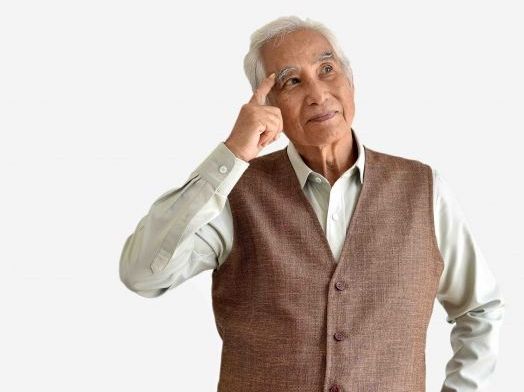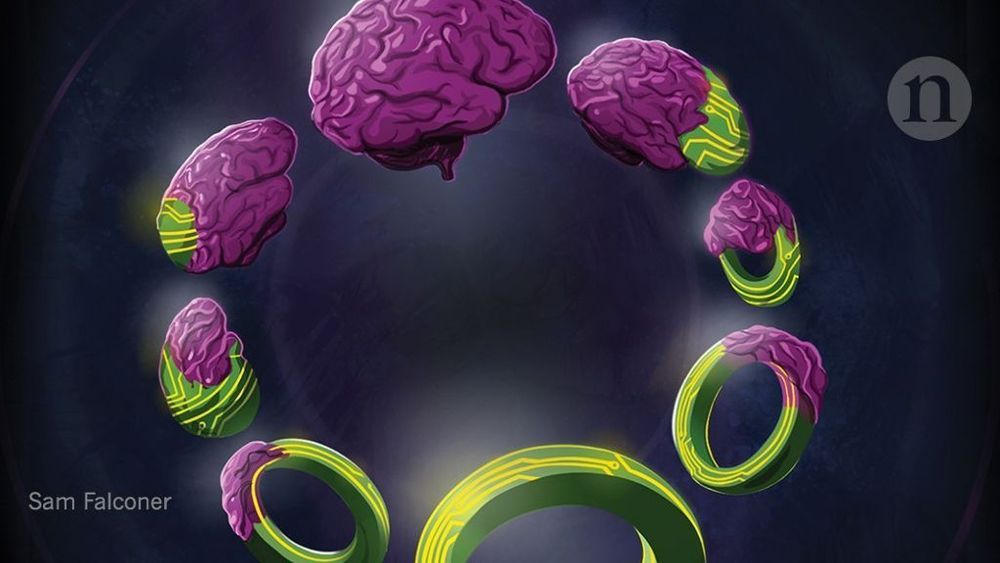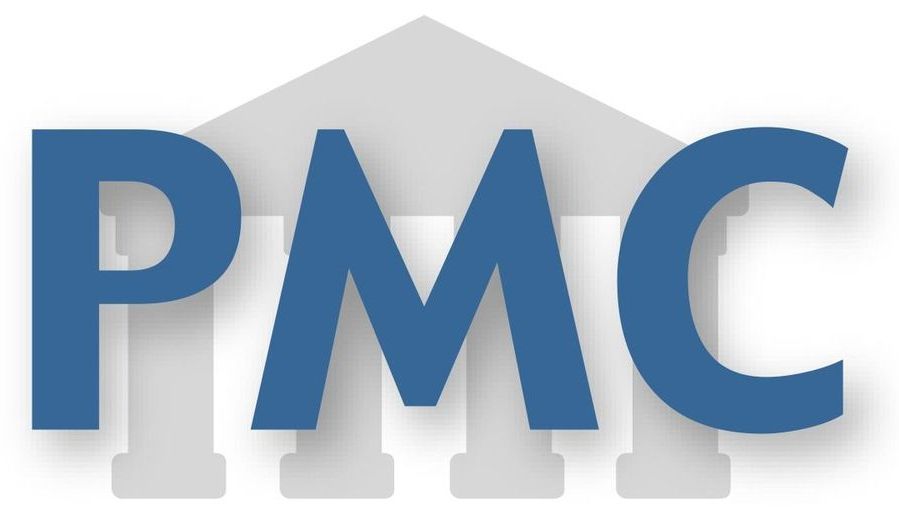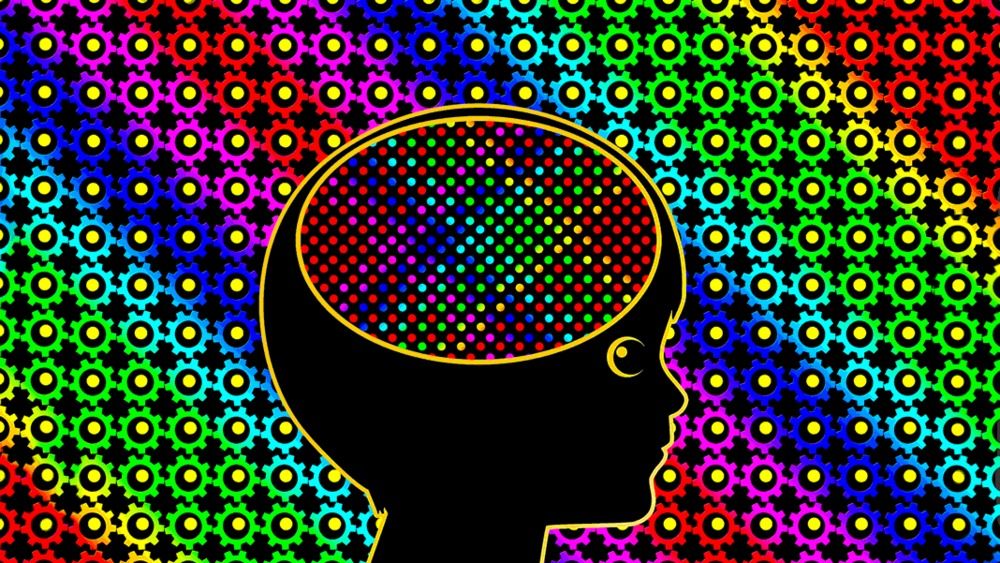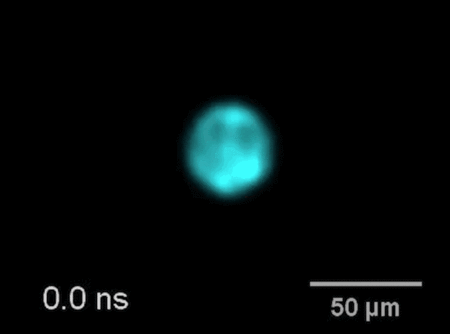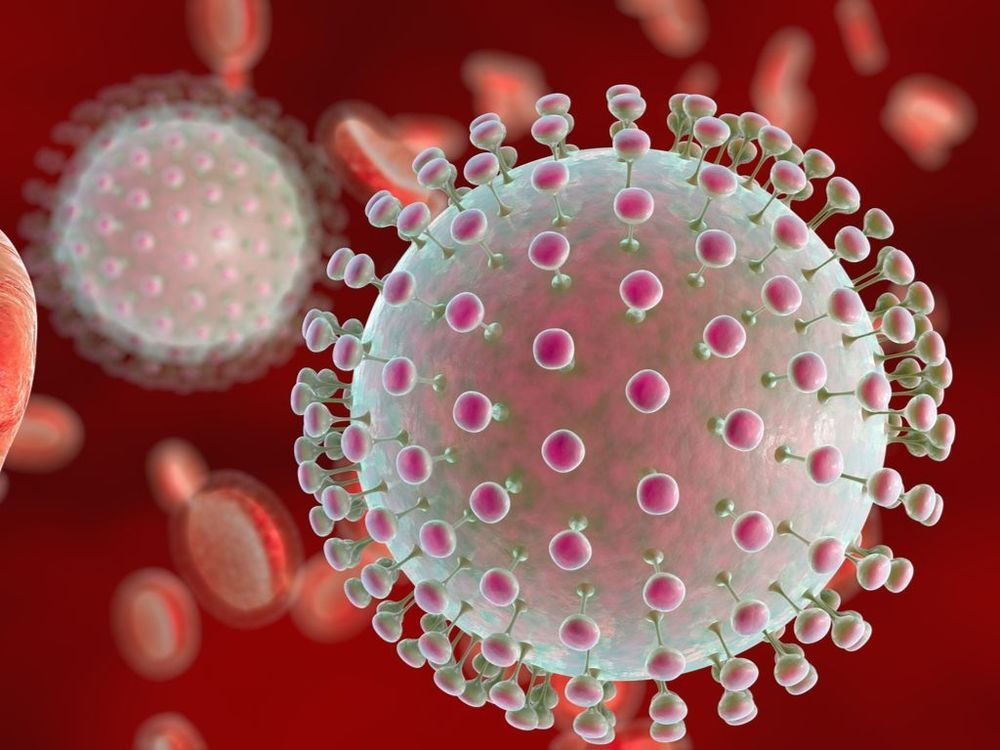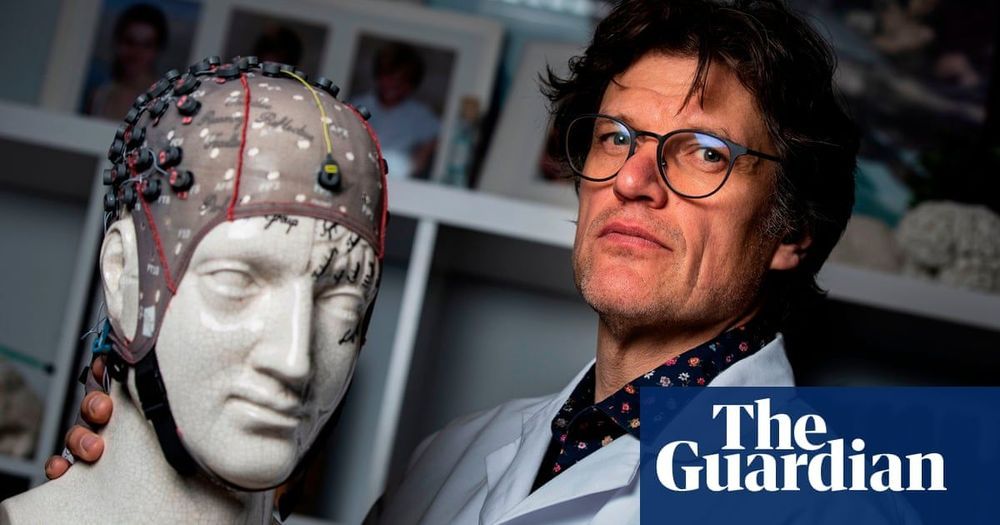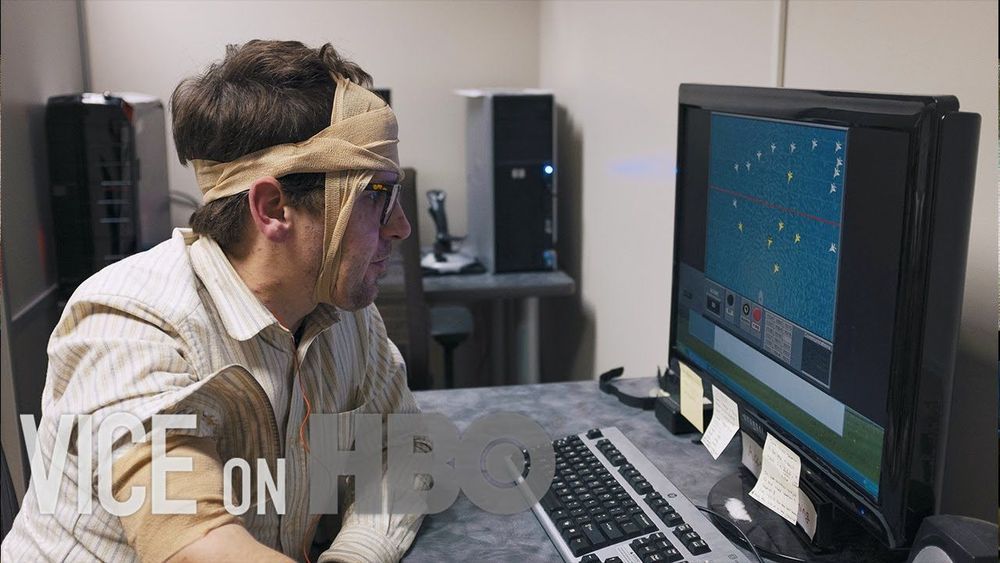“A neuroscientist explains how our brains age and provides tips for aging with more vitality and happiness.”
https://greatergood.berkeley.edu/topic[/li
If you’d like to share this article please share it from the link here: https://www.facebook.com/383136302314720/posts/516809088947440/
About 13 years ago, I watched my very vital mother die a slow death from Lewy-Body dementia. For me, it was a wakeup call. If there were anything I could do to stay healthy myself—to avoid the slow decline of an aging brain—I wanted to do it. But what really helps us stay sharp longer? And how can we separate fad ideas from solid, evidence-based advice around aging?
Enter Daniel Levitin’s new book, Successful Aging: A Neuroscientist Explores the Power and Potential of Our Lives.
Levitin is a neuroscientist, psychologist, professor emeritus at McGill University in Montreal, and faculty fellow at UC Berkeley. His highly researched book provides fascinating insights into how our early childhood experiences, personalities, social relationships, and lifestyles all drive our brain’s development, dispelling stubborn myths around the inevitability of cognitive decline. Arguing against ageism and highlighting the unique gifts of older people, Levitin shows us what we can all do to become sharper, happier, and wiser as we age.
